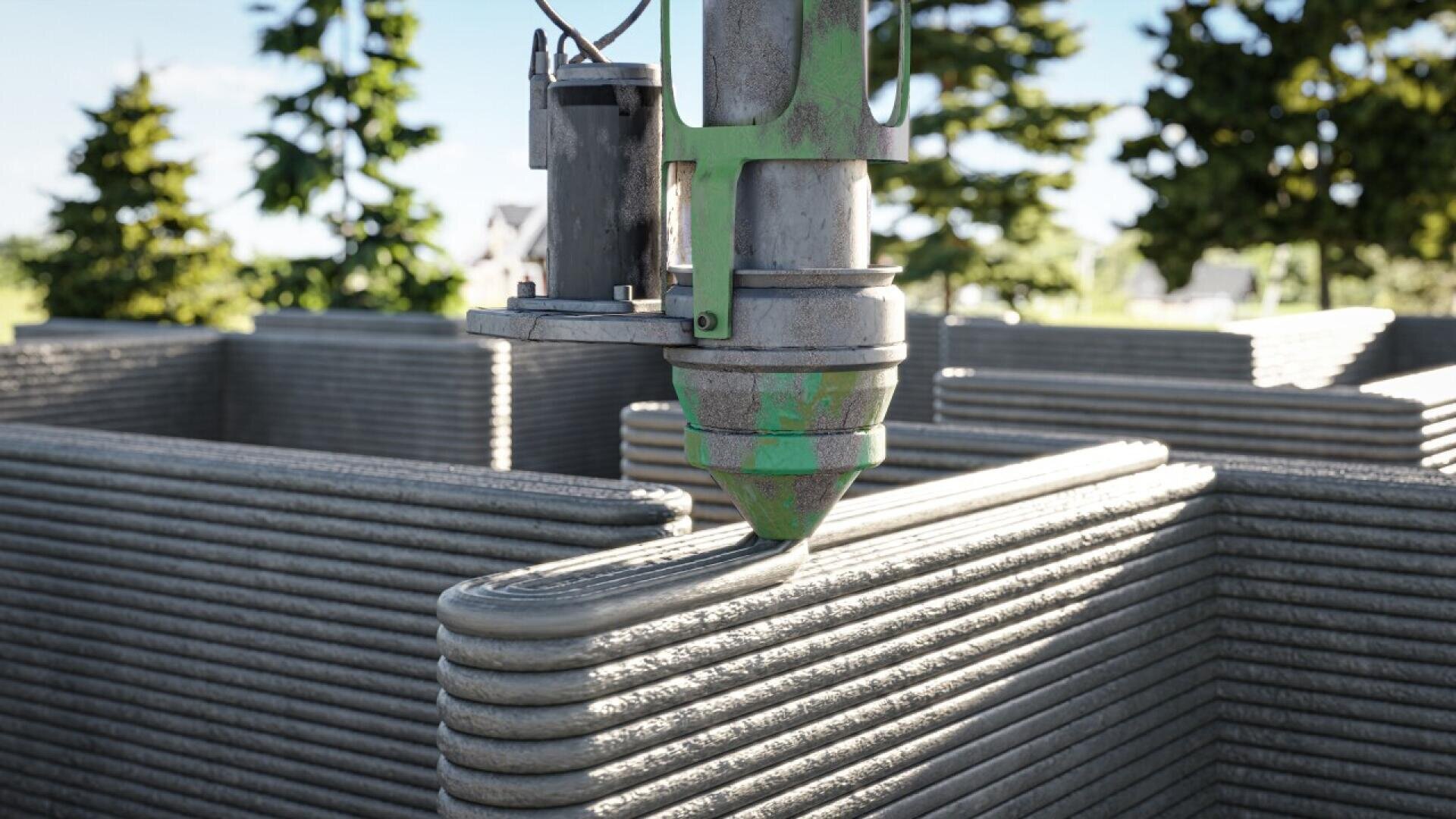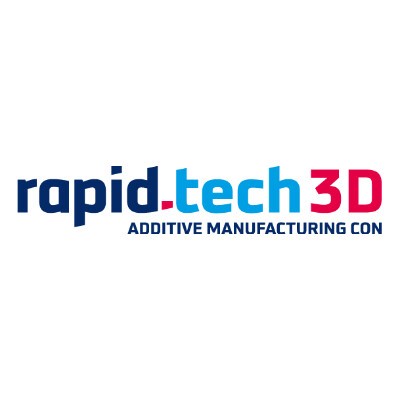3D printing in architecture
3D printing is revolutionizing architecture - from bespoke designs to sustainable construction, it enables faster construction times, lower costs and new creative freedom.
3D printing has revolutionized architecture by offering innovative possibilities for design, prototyping and construction processes. The basis of this process lies in the layer-by-layer deposition of material, whereby three-dimensional objects are built up layer by layer. Various technologies such as fused deposition modeling (FDM) or stereolithography make this process possible. In the context of architecture, 3D printing offers the possibility of creating detailed models and prototypes with astonishing precision. Architects can thus physically visualize their ideas and communicate concepts better. In addition, 3D printing in architecture enables the production of customized building elements, which increases flexibility in the design process. The fundamentals of 3D printing in architecture are thus laying the foundations for a new era in construction characterized by innovation, efficiency and creative design.
Areas of application for 3D printing in architecture: Focus on versatility
3D printing has become an indispensable tool in various areas of architectural application, and its versatility is having a lasting impact on the industry. One key area of application is model production. Architects can use 3D printing technologies to create precise and detailed models that enable a realistic representation of their designs. In addition, 3D printing is increasingly being used in architecture for the production of customized components. Architects can create complex and individual building elements that are specifically tailored to the requirements of a project. This not only enables creative freedom, but also the efficient and precise implementation of construction projects. In Amsterdam, for example, the first steel bridge from a 3D printer was opened in 2021. The research and development took around three years.

3D printing also plays a crucial role in the field of prototype development for architectural models. Architects can quickly and cost-effectively create architectural models of buildings and components in order to test and optimize different design approaches. Another promising area of application is the production of artistic architectural objects. From sculptural elements to decorative details, 3D printing in architecture enables the realization of creative ideas and the creation of unique architectural elements. Overall, 3D printing in architecture permeates various aspects, from planning and modeling to the production of components and art objects. This technology offers architects a wide range of innovative possibilities for architectural models and contributes to the further development of architectural practice. At Rapid.Tech 3D, you can exchange knowledge with various exhibitors and learn more about 3D printing in architecture.
Materials for 3D printing in architecture
The diverse materials used in 3D printing open up fascinating possibilities in architecture for the construction of a wide variety of buildings. Thermoplastic polymers such as ABS and PLA enable the precise production of architectural models and prototypes. From delicate design elements to true-to-scale building models, architects and designers can visualize their concepts realistically.

Photopolymer resins, commonly used in the stereolithography process, open the door to highly detailed and aesthetically pleasing components in architecture. This is particularly suitable for the production of artistic façade elements, decorative ornaments or customized pieces of furniture.
Composite materials such as plastics reinforced with glass fibers or concrete even allow the 3D printing production of structural elements. These include load-bearing walls, supporting pillars and other building elements that are not only aesthetically pleasing, but also functional and resilient. Innovative architects are already using these materials to create futuristic pavilions, bridges or even residential buildings.

The ongoing development of 3D printing materials in architecture thus enables the realization of a wide range of buildings - from experimental art installations and sustainable living concepts to imposing bridge structures. This technology gives architects the freedom to realize innovative designs and push the boundaries of conventional construction.
Revolutionary advantages: How 3D printing is transforming architecture
3D printing has enriched architecture with a wealth of benefits that are fundamentally changing the entire design and construction process. We have summarized the most important advantages below:
- Speed and efficiency: 3D printing in architecture enables a remarkable acceleration of the entire construction process. By directly converting digital models into physical objects, architects and civil engineers can create prototypes and review designs in a timely manner. This not only shortens the development time, but also enables a faster response to change requests or adjustments during the design process.
- Design complexity: 3D printing allows architects to realize shapes and structures that would be difficult to achieve with traditional building processes. Layer-by-layer construction allows complex, organic shapes to be created that are aesthetically pleasing while meeting functional requirements.
- Customization: Adapting components to the specific requirements of a project is particularly easy with 3D printing technology. Architects can create customized solutions for their clients, be it in terms of design, size or function. This not only encourages creativity, but also enables greater customer satisfaction.
- Cost reduction: 3D printing in architecture can be cost-efficient, especially in the production of complex geometries. The precise use of materials and the elimination of waste during production can save costs. Architects can also be able to work on site with local or recycled materials.
- Prototyping: 3D printing enables prototypes to be produced quickly and cost-effectively. This is particularly beneficial during the design process as architects can quickly test different ideas and concepts. The ability to access faster prototypes encourages creativity and allows for iterative improvement of designs.
- Repairs and spare parts: In the event of damage or wear and tear, 3D printed architectural replacement parts can be manufactured accurately and efficiently. This reduces downtime and the need for costly re-manufacturing. Architects and building owners can therefore carry out repairs more quickly and extend the service life of structures.
- Construction in hard-to-reach areas: The ability to print parts on site minimizes the need for large-scale material transport and reduces the physical presence of construction personnel in hard-to-reach or dangerous areas. This makes 3D printing a promising technology for construction in remote or risky environments, such as disaster zones or remote construction sites.

Sustainable architecture with 3D printing: focus on environmentally conscious construction
The global construction industry is responsible for a large proportion of environmental pollution. In Germany alone, around 300 million tons of construction waste are produced every year. The combination of sustainable architecture and 3D printing opens up a promising perspective for environmentally conscious construction. 3D printing in architecture not only enables the efficient use of resources, but also contributes to the reduction of construction waste. The targeted use of environmentally friendly materials and the ability to print components on site minimizes transport routes, which significantly reduces the ecological footprint. In the same way, conventional manufacturing processes generate a lot of waste as the material is not fully utilized. With 3D printing in architecture, on the other hand, the material is only used where it is needed. This can lead to a significant reduction in material consumption. Sustainability in 3D printing also manifests itself in the choice of materials. Biodegradable polymers and recyclable plastics are increasingly being used, which closes the ecological cycle. In addition, the precision of 3D printing in architecture enables a more efficient use of materials, as only the required volume is actually used. Examples of sustainable architecture with 3D printing range from energy-efficient residential buildings to innovative construction elements that integrate renewable energies. In the Netherlands, for example, a 3D-printed house was built from recycled plastic. The house is energy-efficient and has a lifespan of at least 50 years. In the USA, a 3D-printed house was built from clay. The house is sustainable and has a good carbon footprint. This symbiotic combination of technology and environmental protection is shaping a future in which architecture is not only aesthetically pleasing, but also conserves resources. 3D printing in architecture is thus becoming a driving force for sustainable developments by setting the course for environmentally friendly and future-oriented construction.

Innovative perspectives: The future of 3D printing in architecture
The future of 3D printing in architecture promises to be a fascinating development that will continue to transform the industry. The ongoing diversification of printing materials plays a key role. From sustainable biopolymers to innovative composite materials, new horizons are opening up for architects looking to tackle both environmental and design challenges. In the coming years, the scalability of 3D printing in architecture will increase and it will be possible to produce not only models and prototypes, but also entire components and structures using large-format printing. This will not only increase efficiency in the construction process, but also expand design freedom. The integration of artificial intelligence and algorithmic design will play an increasingly important role in helping architects to develop optimized and innovative designs. Through the use of generative design, 3D printed structures in architecture can be created that are not only functional but also aesthetically impressive. The future of 3D printing in architecture therefore lies in a synergy of advanced materials, advancing technology and design creativity. This development will not only change the way we build, but also push the boundaries of what is possible in architecture and usher in an era of innovation and sustainability.


